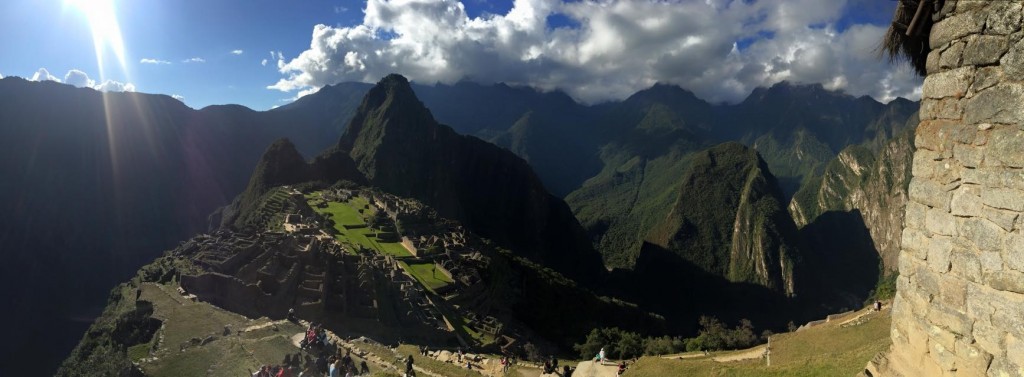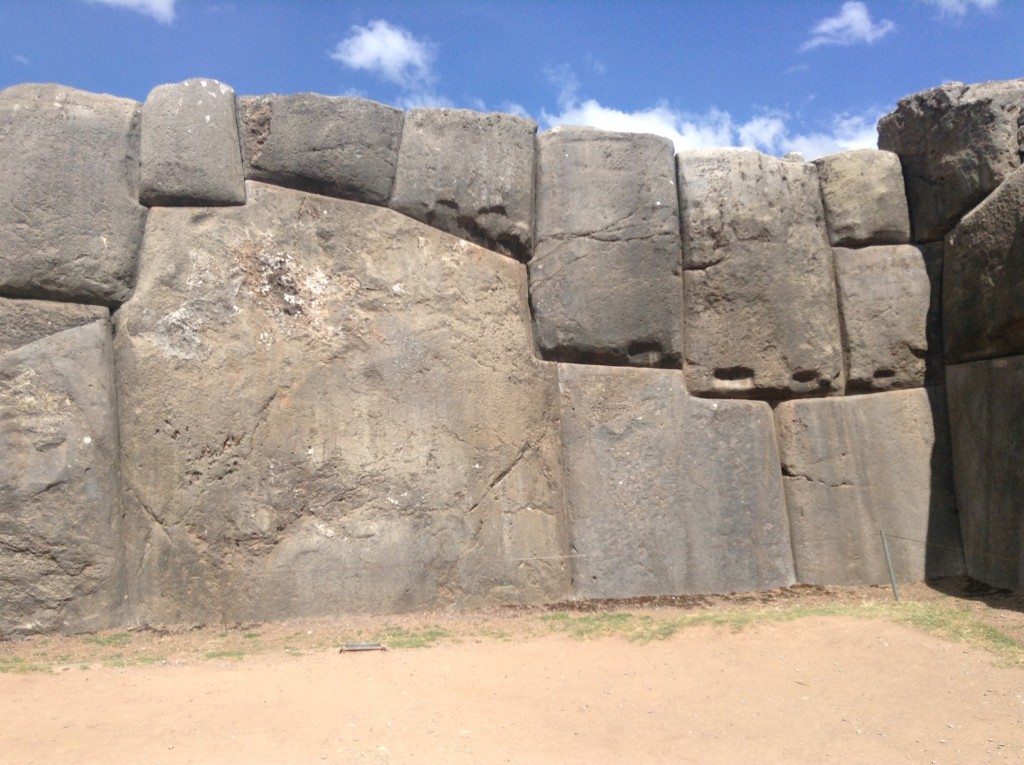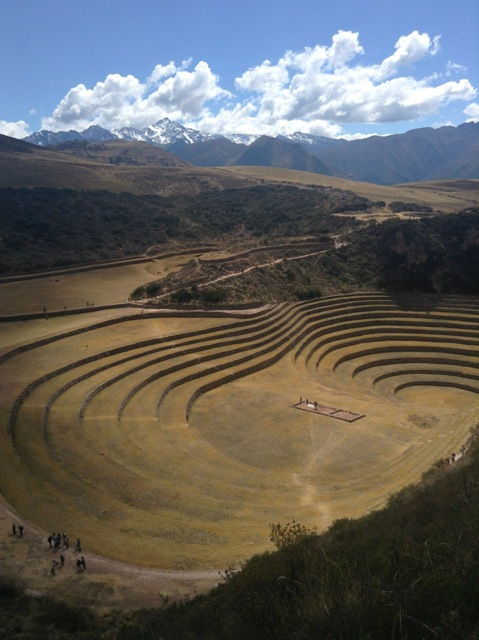 In a recent innovation blog we talked about the keys to successful business innovation and how the best source of successful business innovation is the application of ideas from other businesses or industries. And while hiking in Peru last week it was evident that this is not a novel idea. The Incas repurposed innovations from everywhere and everyone. The Incan civilization is admired for multiple qualities that differentiate it as more impressive than other ancient societies: perfect stonework used to create enormous monuments, a high level of medical knowledge, and vast and productive agricultural terraces. However, all of these traits and others can be understood as the culmination of the work done by numerous pre-Inca civilizations.
In a recent innovation blog we talked about the keys to successful business innovation and how the best source of successful business innovation is the application of ideas from other businesses or industries. And while hiking in Peru last week it was evident that this is not a novel idea. The Incas repurposed innovations from everywhere and everyone. The Incan civilization is admired for multiple qualities that differentiate it as more impressive than other ancient societies: perfect stonework used to create enormous monuments, a high level of medical knowledge, and vast and productive agricultural terraces. However, all of these traits and others can be understood as the culmination of the work done by numerous pre-Inca civilizations.
We can take the philosophy from the Incas and apply it to modern business, as well: use others’ expertise.
Innovation can be the process of experimenting with and building upon a pre-existing idea to create an improved result. This was the manner by which the Incas created perhaps the best stone constructions of all pre-modern societies. Sharply carved stones fit perfectly into a matrix, eliminating the necessity of mortar. Angled-in and rounded walls prevent failure during earthquakes. But this expertise came from learning through the successes and failures of the stone buildings of previous societies. The Chavín culture, which thrived from 900 to 200 BC in the Peruvian highlands (about 2000 years before the Incas), can take the most credit for figuring out the key to earthquake prevention. Its principal ceremonial site, Chavín de Huantar, has a wall that shows this progression of knowledge; the earliest section of the wall is not angled and has deteriorated greatly during earthquakes while the section built last is angled and remains in near-perfect condition. The Incas inclined their walls to the same degree as Chavín. They borrowed other techniques such as rounding the walls and fitting stones together without mortar from other preliminary cultures.

A second technological advancement the Incas made was perfecting trepanation, a type of skull surgery that slices a hole to relieve pressure in the brain due to wounds. The Paracas people, living at thesame time as Chavín but on the coast of Peru, were perhaps the first practitioners, and its use continued all the way until the Incas. However, evidence suggests that pre-Incan trepanation killed 2/3 of its recipients, not a very good success rate. Incans improved upon the method, achieving success rates of 80-90%. They adopted the knowledge of this technical skill from their predecessors and delegated it to the realm of specialists who fine-tuned the practice.
A last adaptation of previously-established technology was the expansion of terrace agriculture. The pre-Incas built terraces up and down the mountains of the Sacred Valley (where Machu Picchu would later be constructed) for growing crops. A vast difference in temperature exists between the floor of the Sacred Valley and the peaks of the surrounding mountains, as much as 15°C. This large temperature difference creates microclimates, similar to what is achieved in greenhouses in modern times. Each terrace, depending on its particular microclimate, was able to support a specific body of crops. The Incas used these old terraces but also constructed thousands more to exploit their environment and create the best possible outcome. They were able to grow a wide variety of food plants to support a population of around 10 to 12 million people. How did the Incas know which crops could grow in each specific terrace, unique due to altitude, slope direction, and soil type? The main theory, by an anthropologist studying the region, suggests that the circular terraces of Moray (near Machu Picchu) were used by Incan priest-scientists to experiment with food crops to determine which should be disseminated for domestic production to farmers with fields all over the Andean region. In this way, they increased the efficiency of their terrace system and were able to produce vast quantities of food.

These are only three examples of the ways in which the Incan society used scientific or technological techniques developed by its predecessors and built on them to exploit Peru’s resources as fully and advantageously as possible. And until the Spanish arrived at the turn of the 15th century, the Incas were perhaps the largest and the most successful society of the Western hemisphere of all time. We can find similar success by applying their method of borrowing ideas and perfecting them to our work in business.
Research about the details of Incan culture and innovations, as well as photos, were provided by Rachel Kinney, an anthropology student at Middlebury College and Pontificia Universidad Católica del Peru in Lima. For more information, contact us.




